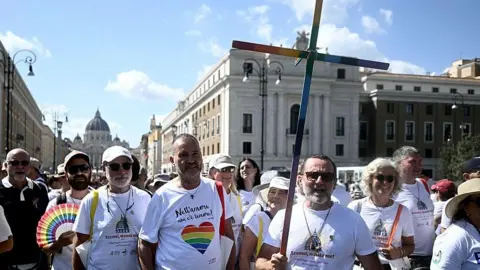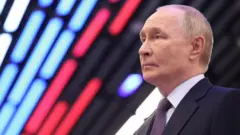In a significant effort to address the over one million missing soldiers from the Vietnam War, scientists engaged in DNA analysis have made breakthroughs that may finally bring closure to countless families. On a humid June afternoon in northern Vietnam at Tra Linh Cemetery, a group of dedicated researchers moved with urgency to collect and analyze remains, a task that reflects decades of yearning for identification buried beneath the reddish soil.
The team comprised seasoned geneticists and junior researchers who meticulously examined a jawbone exhumed from a communal grave. While the U.S. has sought to account for approximately 2,600 missing American soldiers from the Vietnam conflict since its end, many more Vietnamese soldiers have remained nameless and unaccounted. This new initiative emphasizes the grief experienced by families and seeks to heal the wounds of a divided nation.
Recent breakthroughs in DNA extraction techniques allow scientists to obtain usable DNA from remains that are up to 70 years old, providing a unique opportunity to connect these long-lost warriors to their relatives. Understanding familial connections not only facilitates healing within Vietnam but also presents an avenue to identify American soldiers who remain unaccounted for. Such reconciliatory efforts aim to bridge the past with the present, uniting families who have mourned for decades.
Tim McMahon, director of DNA operations for the U.S. Defense Department, described the new identification methods as groundbreaking, highlighting their potential to transform the landscape of how we recover and honor the memories of fallen soldiers. These techniques could also find applications beyond Vietnam, potentially aiding in identifying victims of natural disasters around the world.
As families in Vietnam seek closure for their lost loved ones, the synergy of science and compassion fosters a hopeful narrative of reconciliation, enabling nations to confront the scars of history together—one DNA strand at a time.




















